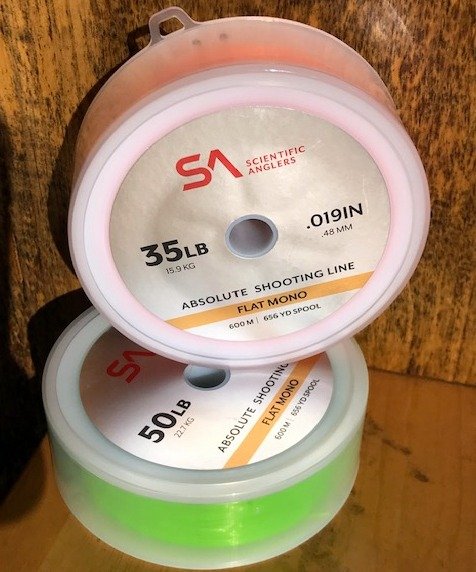Deschutes Steelhead
Fall is setting in in full force out on the Deschutes. Not much in the line of extreme cold or icy morning commutes yet, but that could certainly be the case any day now. There has yet to be any kind of major fall shake-up on the river as far as flow is concerned. There can be a pretty significant bump in flow associated with the end of the irrigation season in mid-October, but that never materialized. The White River never really blew out the Deschutes this time around either, and it should be pretty well locked up for the duration. The return of Fall Chinook was certainly noticeable, but it seemed to be a bit smaller than the last few years. At least it didn't seem to throw off the steelhead bite as badly as it can some years.
The only notable change to conditions has been the falling water temps. Even that has been steady and fairly mild to this point. We're probably just a few days away from the Moody gauge going below 50 degrees for the first time this fall. All things considered, conditions have been great.
With water temps nearing sub-50, it is high time for some tactical changes. Lots of anglers have recently been asking if there is still a dry line bite to be had. There is, but it's becoming pretty situational and much better in the afternoon when the water temps are peaking. Look for dry line biters to be in shallower spots with structure and softer current. The best opportunities will be in places that you can present a fly on a broadside swing at a slow pace. Switching over to a slow sink Polyleader also helps the cause. It will get your fly down just a little more and also helps to slow the swing speed a hair.
Other than that, it's a sink tip game from here on out. A cold steelhead is much more apt to move up a foot in the column to grab a fly than it is to move up three feet. The fly doesn't have to be big and gaudy. It just has to be down a little deeper. As for sink tips, it's pretty hard to beat the versatility of 10' of T-11. You can fish it through most shallower water with an unweighted fly and little or no mend. Conversely, you can adjust your angle slightly upstream and get deep with a weighted fly if you need to. Beyond that one, a 2.5' Intermediate/7.5' T-11 tip comes in very handy in spots with structure. Great options from RIO and Airflo there. These tips tend to weave there way through rocks and ledges much better than longer level tips.
Deschutes Trout
The fall feedbag is a real event in the trout world and it's particularly evident on the Deschutes. The fish have packed on so much weight in the last month! The Redsides don't miss any opportunities to eat salmon eggs. The fall hatches have also been strong with ample BWOs, October Caddis and a daily smattering of other bugs. All methods apply at some point during the day. You could easily go from indicator to trout spey to dry and back again in the same day! The trout fishing is just flat-out good right now however you prefer to do it. Even on the lowest reaches of the river, big trout have been gobbling BWOs. This is an ideal time to target trout as they have been largely unbothered while everyone looks for a steelhead.
Mt. Hood Lakes
Stillwater season is winding down locally. Many of the lakes close today and it's gotten rather cold at higher elevations. That said, a few of the stillwaters in the greater Hood River area remain open. If you're looking to get a little more lake fishing in, pick a warmer day if you can. That will spur some chironomid activity and give you a shot at some dry fly fishing. Aside from that, think low and slow. Creeping a leech along with a sinking line or suspending flies under an indicator will work well. The bite can still be very good, but the willingness to aggressively chase things is on the fade.
"The Gorge"
Gorge Fly Shop Team - 541.386.6977

























No comments :
Post a Comment